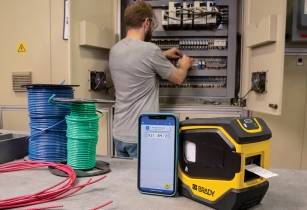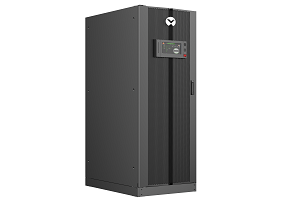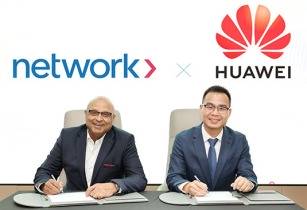How Edge packaging technology affords a route to sustainable broadcasting infrastructure
'Over-the-top' (OTT) in its modern context refers to the delivery of video, audio and related data over the Internet. Over-the-top streaming relates to the delivery of broadband video streams via the Internet to devices such as desktop and laptop computers, tablets, smart phones, smart television receivers and IP-compatible set top boxes. Unlike traditional IPTV, this approach does not require a dedicated network or operator-specific infrastructure.
The content is transported as regular Internet data protocols and travels over the public Internet.The launch of the Apple iPhone in 2007 was an important event in the popularisation of mobile television viewing. It is nowadays synonymous with the convergence of video infrastructures, spear-heading the proliferation of devices which allow television programmes to be enjoyed practically anywhere.
Strategise to monetise
From a television-industry perspective, over-the-top has become a central element for everyone involved in the business, including pay television operators, Internet service providers and content owners. Inbound OTT allows an operator’s subscribers to access an external service provided by third parties, with or without the operator’s blessing. Outbound OTT is a more recent phenomenon where content and service providers endeavour to make their own offering available as widely as possible, beyond the reach of their traditional distribution network. The technologies used for outbound streaming originating mainly from the web, also give greater reach to operators’ own services within subscriber homes.
Inbound streaming is becoming predominant as it allows operators to control and monetise access to premium video content. Four key factors are influencing operators in their technical investment and deployment strategy:
• The exploding number of viewing devices.
• Along with this growing number of devices, the increasing number of streaming protocols such as HLS, HDS, Smooth Streaming and MPEG Dash, each one in multiple versions.
• The exploding number of external infrastructure components such as content management systems to manage publication and digital rights management to protect content security.
• TV delinearisation. An increasing proportion of video content is scheduled and nPVR services (network personal video recording) will become a central part of the video service in the very near future.
Sustainable infrastructure
Why has packaging become the key element which enables operators to deploy sustainable infrastructures and cost-efficient OTT strategies?
A packager is a software component that turns a pivot format into the desired OTT format at the origin server. It is inherently modular to cope with the multiplicity of encoders, CMS and DRMs with which it will co-exist. It affords modularity and flexibility to the infrastructure to support existing and future data distribution formats, as well as derivative versions.
Packagers have moved from the former position ahead of the origin server to being integrated with the origin server and more recently to being positioned after the origin server. The current trend that we have started seeing in 2014 is for the packager to move into the CDN. Packaging is performed on-the-fly as close as possible to the viewers for cost-efficient reasons; benchmarked data from an Anevia client demonstrates a tenfold saving in OTT storage and bandwidth requirements.
Scalability is a key reason why edge processing is the future of OTT delivery.
Network operators set up the packager in their head-end, connected to the network core in order to deliver the content to devices. Packaging operated in the edge gives them the flexibility required to scale up the service as the number of devices increases without any limitation from the existing infrastructure. The pivot format can be encrypted, packaged and transcoded on the fly. This is also the best way to guarantee the ability to handle new protocols as these arise in the future.
Edge packaging offers additional features such as session-based encryption and token authentification.
For session-based encryption, the edge servers encrypt video content with a key which is unique to device and each item of content. Session-based encryption brings additional security necessary for premium and high quality content such as 4K or ultra HD videos.
Token authentification is an additional feature of edge processing to prevent DDoS attacks (Distributed Denial of service). The delivery of content is based on a token which authentifies the user and confirms to the edge serve that the user is valid. The attacks can be deflected before they compromise the entire network or even a single origin server, so that they cannot bring down the services supported.
Anevia has demonstrated the practicality and advantages of edge packaging as a basis for cost-efficient OTT delivery with customers such as Canal Plus and TrueVision.
To read Anevia’s white paper on Edge packaging and OTT distribution, visit http://www.anevia-software.com/non-classe/whitepaper-edge-packaging-will-be-key-for-guarantee-d-live-ott-distribution-with-cdn-s/



































